Explanation
Manjanggul Lava Tube, located in Gimnyeong-ri, Jeju, is part of the Geomunoreum Lava Tube system. The lava tube stretches roughly 7,400 meters, with a maximum x_height of 25 meters and x_width of 18 meters. These measurements make it one of the largest lava tubes in the world. Manjanggul holds great value for science and conservation studies, having well-maintained formations despite being formed over one hundred thousand years ago.
The majority of the cave is closed off, with only 1 kilometer being open to tourists. Within this open section, visitors can see a variety of lava tube and cave topographical features, including stalagtites, stalagmites, and stone pillars. Among these, the 7.6-meter-tall stone pillar at the end of the open section is recorded as the largest in the world.
Homepage
Information Use
World Heritage
Capacities : 7,000 people per day
Contact and Information : +82-64-710-3945,
+82-64-710-7903
Parking facilities : Available (Large vehicles: 60 spaces / Small vehicles: 75 spaces)
Day off : First Wednesday of every month
Hours : 09:00-18:00
* Last admission 17:10
* Docent tours 09:00-17:00 (free; onsite registration)
More information
Restrooms
Available
Parking Fees
Free
Admission Fees
Individuals - Adults 4,000 won / Teenagers & Children 2,000 won
Groups - Adults 3,000 won / Teenagers & Children 1,500 won
* Group: 10 or more people
* Adults (ages 25-64) / Teenagers (ages 13-24) / Children (ages 7-12)
Location
182 Manjanggul-gil, Jeju-si, Jeju-do
![Manjanggul Lava Tube [National Geopark] (만장굴 (제주도 국가지질공원))](http://tong.visitkorea.or.kr/cms/resource/55/3354155_image2_1.jpg)
![Manjanggul Lava Tube [National Geopark] (만장굴 (제주도 국가지질공원))](http://tong.visitkorea.or.kr/cms/resource/56/3354156_image2_1.jpg)
![Manjanggul Lava Tube [National Geopark] (만장굴 (제주도 국가지질공원))](http://tong.visitkorea.or.kr/cms/resource/57/3354157_image2_1.jpg)
![Manjanggul Lava Tube [National Geopark] (만장굴 (제주도 국가지질공원))](http://tong.visitkorea.or.kr/cms/resource/58/3354158_image2_1.jpg)
![Manjanggul Lava Tube [National Geopark] (만장굴 (제주도 국가지질공원))](http://tong.visitkorea.or.kr/cms/resource/59/3354159_image2_1.jpg)
![Manjanggul Lava Tube [National Geopark] (만장굴 (제주도 국가지질공원))](http://tong.visitkorea.or.kr/cms/resource/60/3354160_image2_1.jpg)
![Manjanggul Lava Tube [National Geopark] (만장굴 (제주도 국가지질공원))](http://tong.visitkorea.or.kr/cms/resource/61/3354161_image2_1.jpg)
![Manjanggul Lava Tube [National Geopark] (만장굴 (제주도 국가지질공원))](http://tong.visitkorea.or.kr/cms/resource/62/3354162_image2_1.jpg)
![Manjanggul Lava Tube [National Geopark] (만장굴 (제주도 국가지질공원))](http://tong.visitkorea.or.kr/cms/resource/63/3354163_image2_1.jpg)

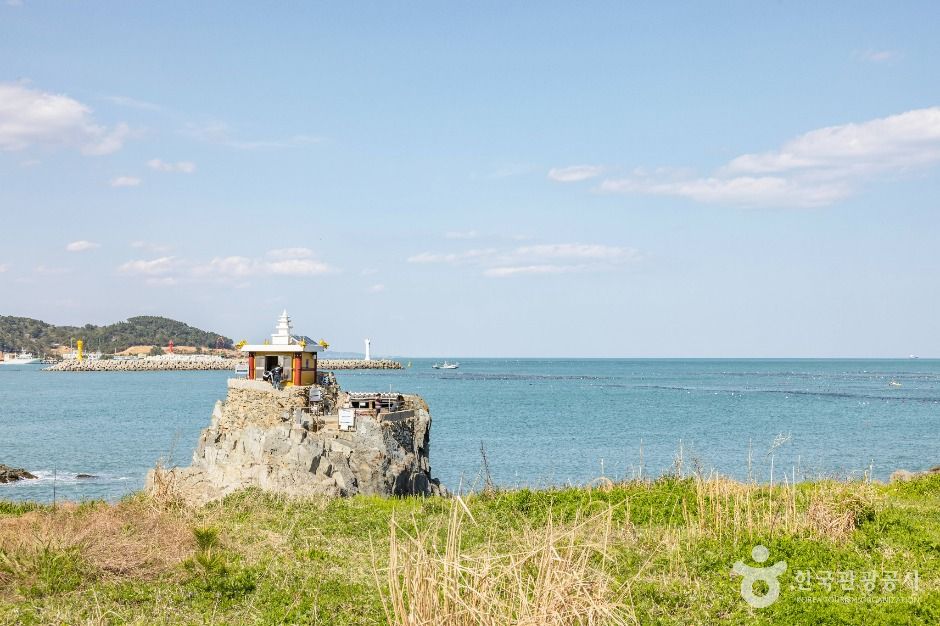
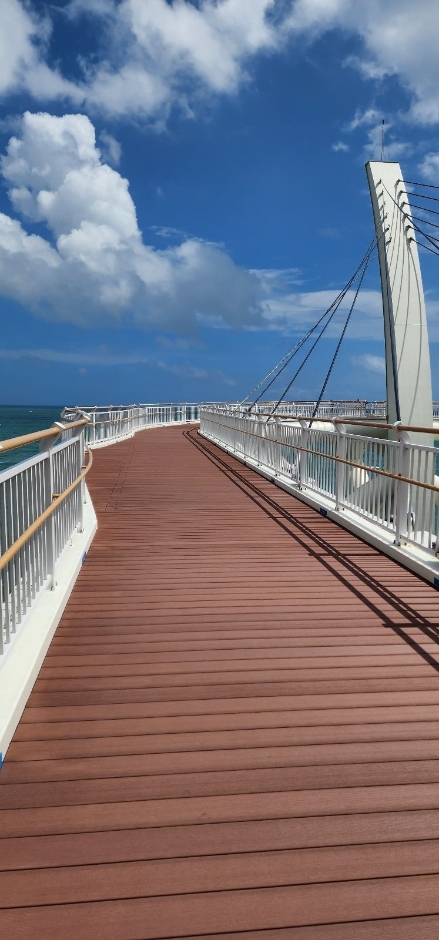
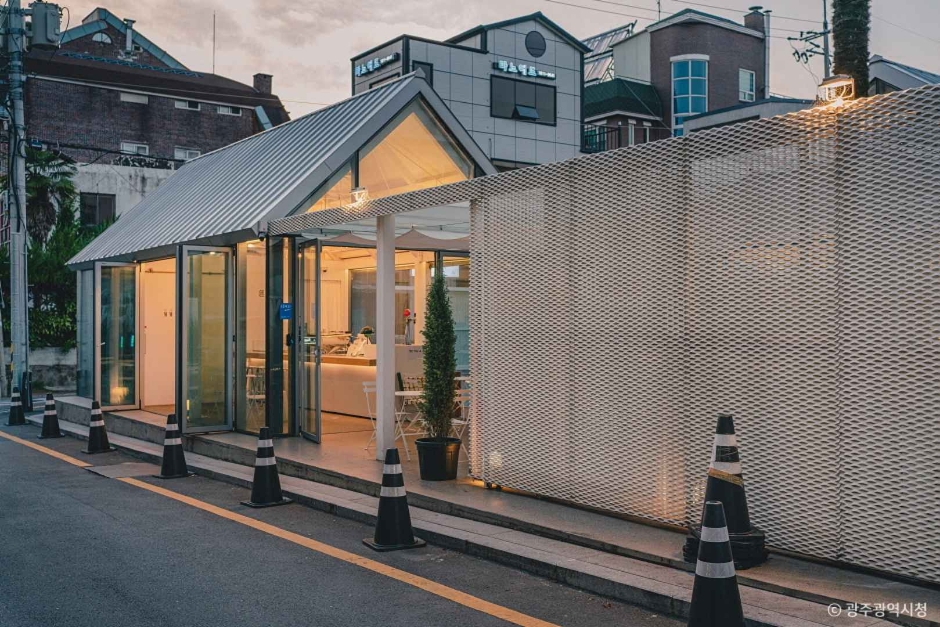
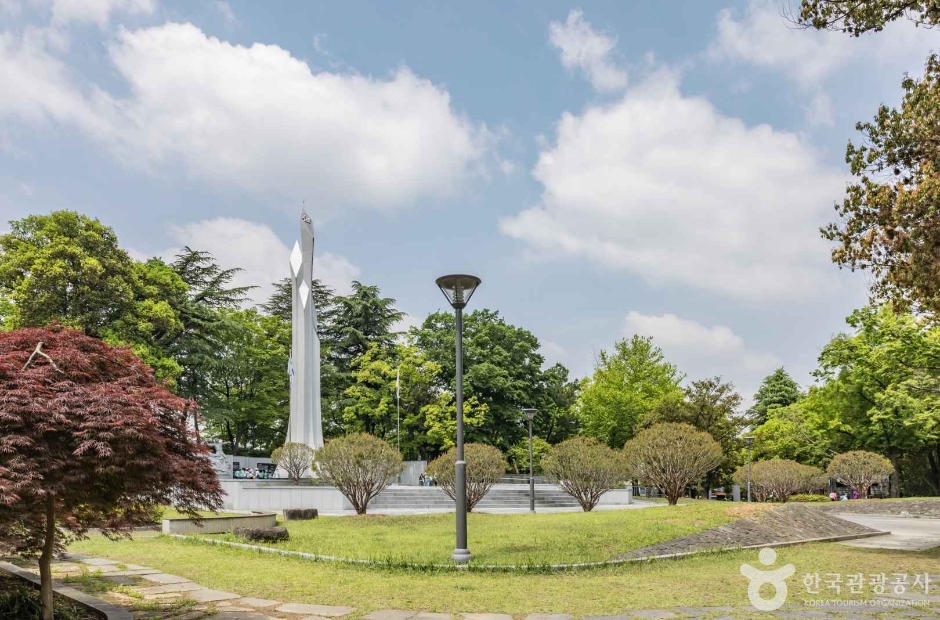
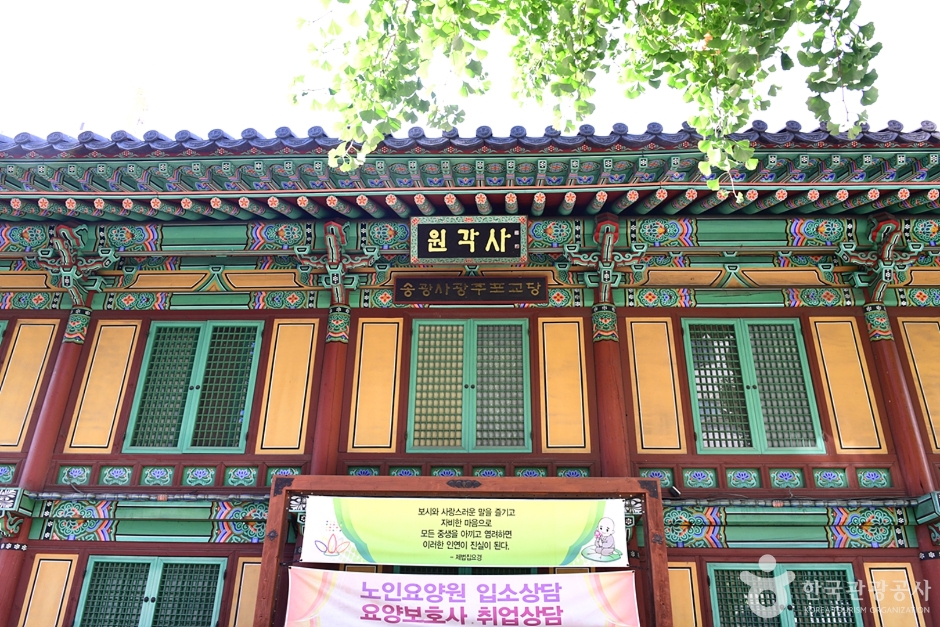
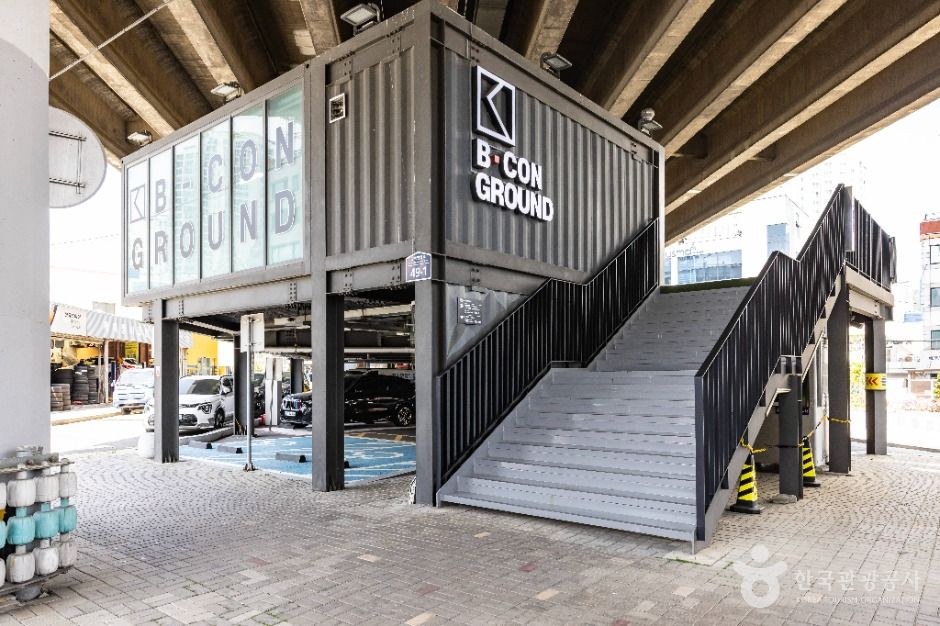

 English
English
 한국어
한국어 日本語
日本語 中文(简体)
中文(简体) Deutsch
Deutsch Français
Français Español
Español Русский
Русский